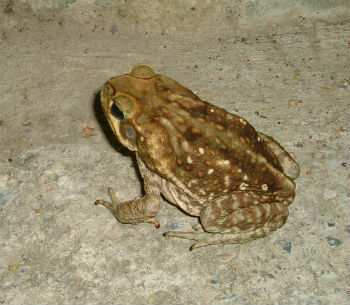Since we have months of 28, 30, and 31 days, some doctors often suggest that calculations for a woman's length of pregnancy be done according to the lunar calendar. This basically means considering the following:
- 1 lunar week = 7 days
- 1 lunar month = 4 weeks of 7 days = 28 days
As the period between the beginning of pregnancy and the day of delivery is about 280 days, we can see that this value corresponds to 40 weeks. Since a lunar month is 4 weeks, 40 weeks of pregnancy corresponds to 10 lunar months.
Now that you understand these accounts, let's move on to talking about the fifth month of pregnancy. During this period, between the 17th lunar week and the 20th, the baby has more elongated legs – as well as the nails. It is also in this phase that its ossification will take place; and the circulatory, digestive, and urinary systems will work properly. The genitals will be evident, likely allowing the child's gender to be identified on ultrasound.
A layer of fat appears beneath the skin, helping to control your body temperature. In addition, it is covered by lanugen (or lanugo), which are very fine hairs, and by the caseous vernix: a substance that protects the skin, mainly from dehydration.
Your ears will form completely, and will position themselves correctly. He will also be able to hear sounds and perceive light; and your other three senses will also develop greatly.
In addition, the baby is in the habit of yawning, sucking his fingers and playing with his umbilical cord; and is able to adopt sleeping patterns very similar to those of newborns. At the beginning of this period, it is approximately 12 centimeters, and 110 grams; and, at the end of the 20th week, about 16 cm, and 290g.
As for the mother, the changes that occur in the breasts, except in terms of size, stabilize. The uterus becomes more and more rounded, and she is already able to feel some of the baby's movements. During this period, she will gain about five kilos.
As for discomfort, the pregnant woman may have bleeding gums and/or nose (epistaxis), due to the increase in her blood pressure. In addition, it is at this stage that chloasmas usually appear, which are those brownish spots that settle on the face, usually on the cheeks; stretch marks, weakness, heartburn, and increased manifestation of intestinal gas.
Do not stop now... There's more after the advertising ;)
Feeding the pregnant woman:
The pregnant woman must worry twice about her diet. The ideal is to serve yourself in small portions, at intervals of approximately three hours between one meal and another, to avoid overweight and reflux.
The quality of what is being ingested is also very important; it is necessary not to forget some very important nutrients at this stage of life:
- Iron: prevents anemia. Food: beans, dark green vegetables (such as watercress, kale, spinach and broccoli) and meat.
- Vitamin C: to increase iron retention. Food: citrus fruits, strawberries, melon, broccoli, green peppers, tomatoes and cauliflower.
- Calcium: since it is during this period that the baby's ossification and the formation of its teeth occur; in addition to the female body storing it, for future milk production. A diet low in calcium, at this stage, can cause cramps, tooth decay, hypertension, tooth loss and osteoporosis in the medium/long term. Food: milk and dairy products, tofu, canned salmon and sardines, almonds, spinach, kale, etc.
- Folic acid: helps the baby's nervous system develop; and prevents anemia, digestive problems and weakness. Food: green leaves, liver, brewer's yeast, egg yolks and carrots.
Important:
The practice of physical exercise is very important during this period, as it improves blood circulation, helps to relax, reduces swelling, helps to strengthen the muscles of the abdomen and bowel function, promotes improvements in breathing, increases resistance, facilitates recovery after childbirth, and allows greater control of the body weight. Hiking, water aerobics and yoga are some interesting activities, but, like the others, they can only be done with medical consent.
Other important measures are the use of comfortable shoes; sunscreen, to prevent the aggravation of chloasmas; and moisturizing creams, to avoid or minimize the consequences of stretch marks on the skin.
See more!
Fourth month of pregnancy
Sixth month of pregnancy
By Mariana Araguaia
Biologist, specialist in Environmental Education
Brazil School Team


